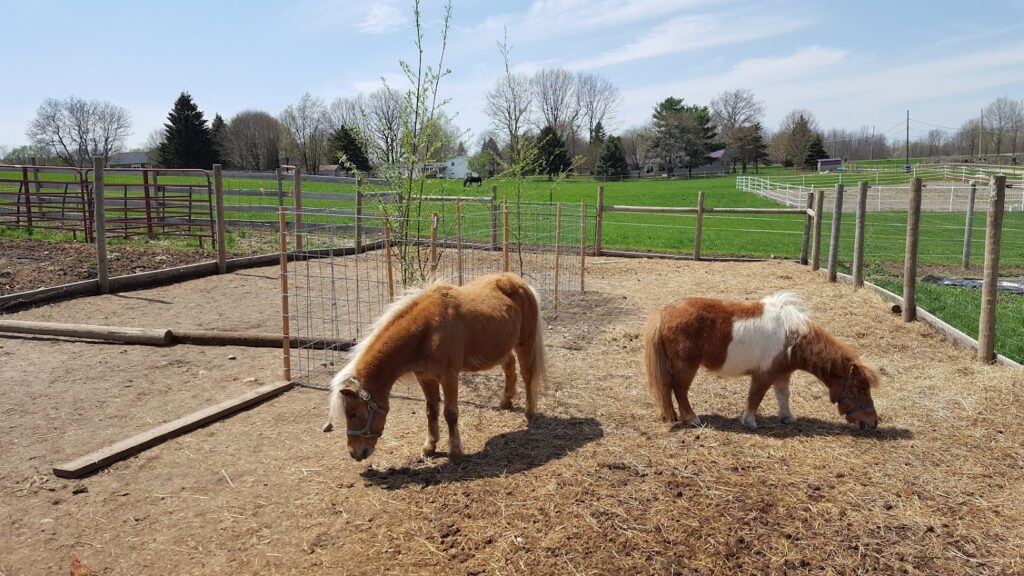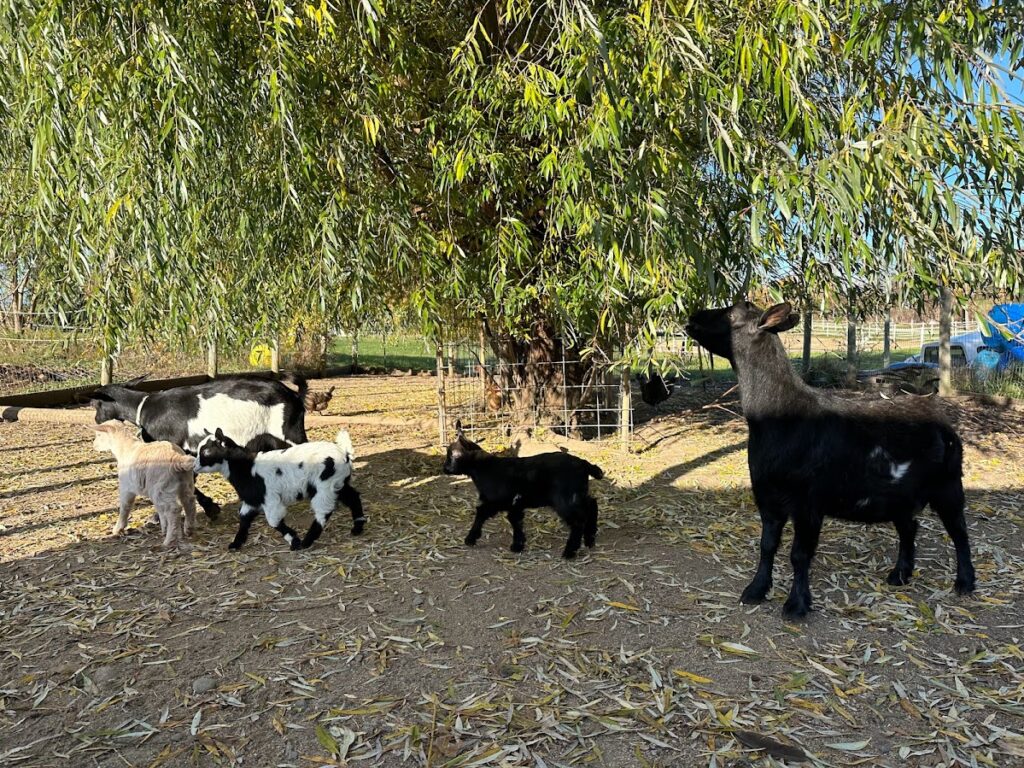
A well-stocked first aid kit is essential for addressing minor injuries and emergencies on your hobby farm. Here’s a list of items to include in a first aid kit for your animals:
Link to Amazon for the complete list
- Temperature Monitoring:
- A digital thermometer designed for animals to check for fever or hypothermia
- Microchip reader with Temp Display (some Bio or Life Chips will give Temp readouts with a quick non invasive scan, consult your veterinarian)
- Antiseptics:
- Betadine solution or chlorhexidine solution for cleaning wounds
- Alcohol wipes for disinfecting tools and thermometers
- Wound care:
- Sterile saline solution for flushing wounds
- Sterile gauze pads and rolls
- Non-stick wound dressings
- Adhesive Medical tape
- Hydrogen peroxide (3%) for cleaning minor wounds (use with caution and consult a veterinarian)
- Topical antibiotic ointment (e.g., Neosporin)
- Fungasol Ointment
- Zinc Oxide Paste
- SWAT Fly Ointment
- Bandages and wraps:
- Elastic bandages (Vet Wrap)
- Scissors (preferably with rounded tips)
- Tweezers or forceps:
- Variety for removing foreign objects like splinters or ticks
- Hemostats or needle-nose pliers:
- Variety pack for clamping bleeding vessels or removing large foreign objects
- Syringes and dosing equipment:
- Various sizes of syringes for administering medications or flushing wounds
- 3ml 22G is the most common size for vaccinations
- Dosing cups or measuring spoons
- Balling Gun (Pill Popper)
- Drench Dosing Syringe
- Gloves:
- Disposable latex or nitrile gloves for protecting your hands during wound care
- Eye wash or saline solution:
- For flushing debris or irritants from the eyes
- Pain relief and anti-inflammatory medications:
- Buffered aspirin, Banamine (Rx), or other over-the-counter medications approved for use in animals (consult a veterinarian for proper dosages and use)
- Emergency Heat:
- Emergency Blanket or retaining body heat in injured or hypothermic animals
- Hairdryer – warms cold kids and lambs up (always use low setting)
- Towels or rags:
- Bulk white towels cleaning, padding, or drying
- Flashlight or headlamp:
- 2 Pack Lightbar USB Charge For illuminating dark or hard-to-see areas
- Pen and paper:
- For recording vital signs or other important information
- Emergency contact information:
- The phone number and address of your veterinarian, as well as the nearest emergency animal clinic
- Container or storage bag:
- A waterproof, durable container or bag to store all your first aid supplies
- If you live in a cold climate be sure to have a heated/insulated area to prevent freezing
- Tip, Use a cooler and a heat tape to make a barn friendly first aid cabinet.
This list should cover most basic first aid needs for your animals. However, it’s essential to tailor your first aid kit to the specific animals on your farm, as different species may have unique requirements. Additionally, consider taking a basic animal first aid course to learn how to handle emergencies properly and consult with your veterinarian for guidance on medications and dosages.



